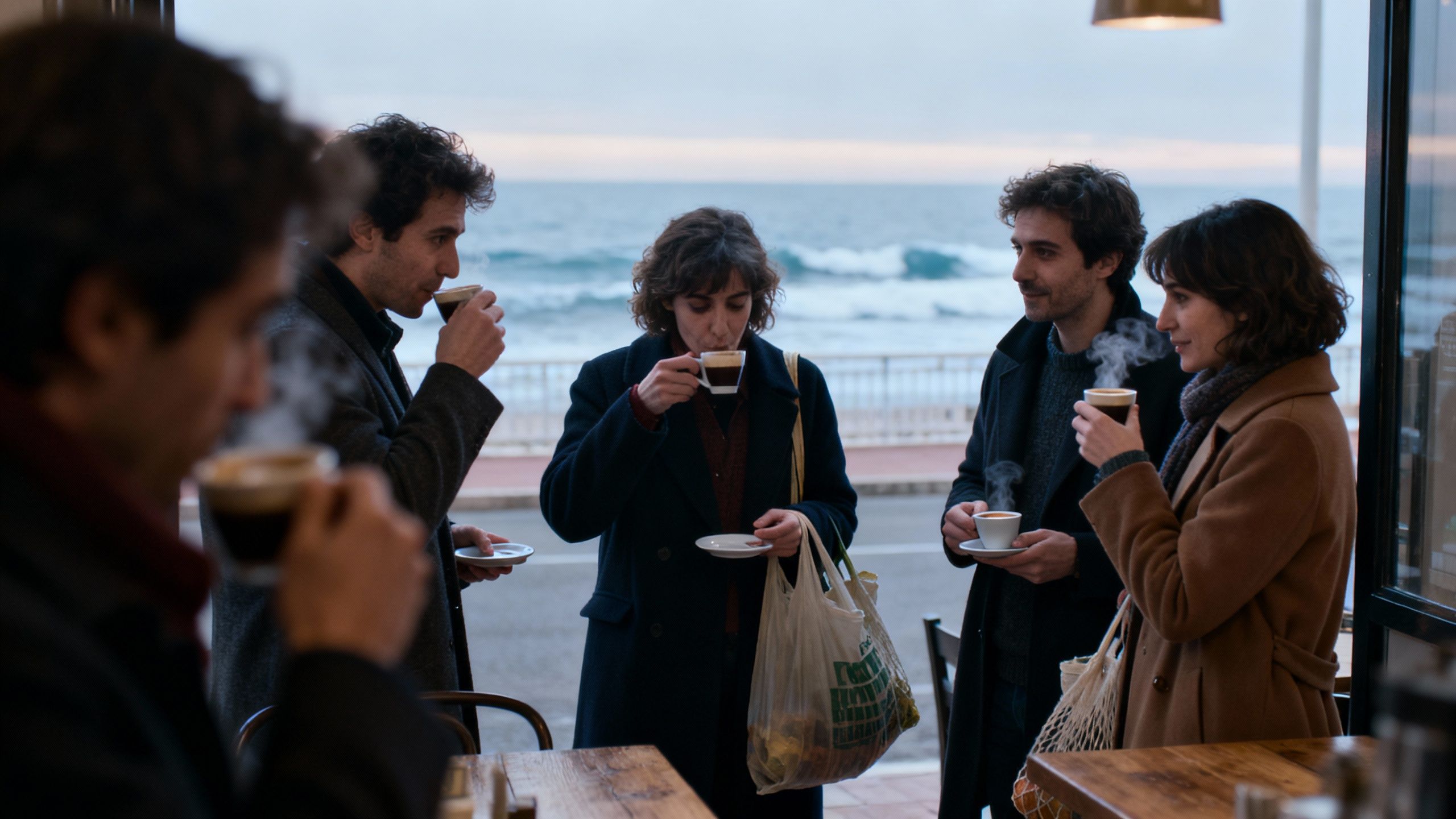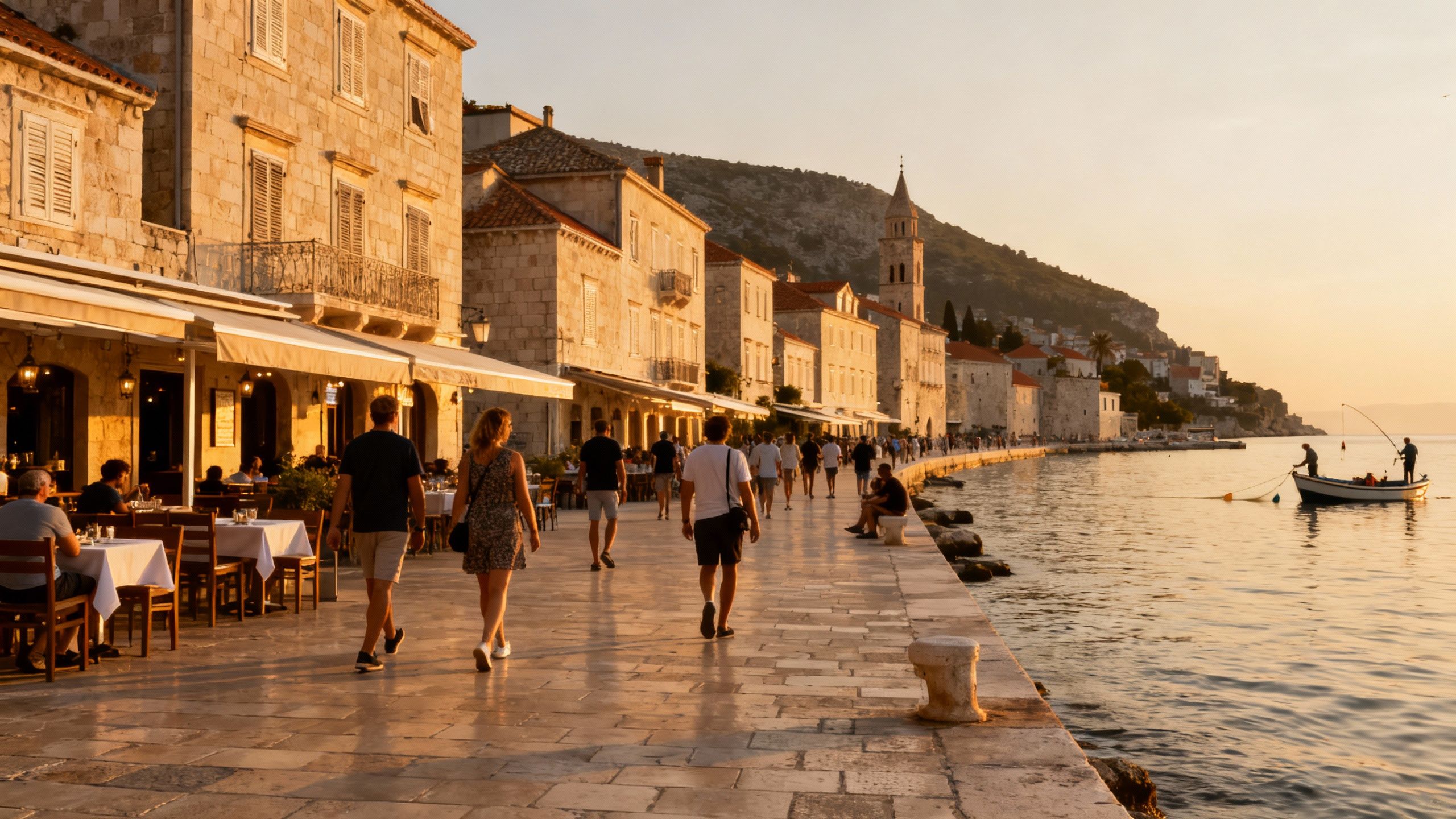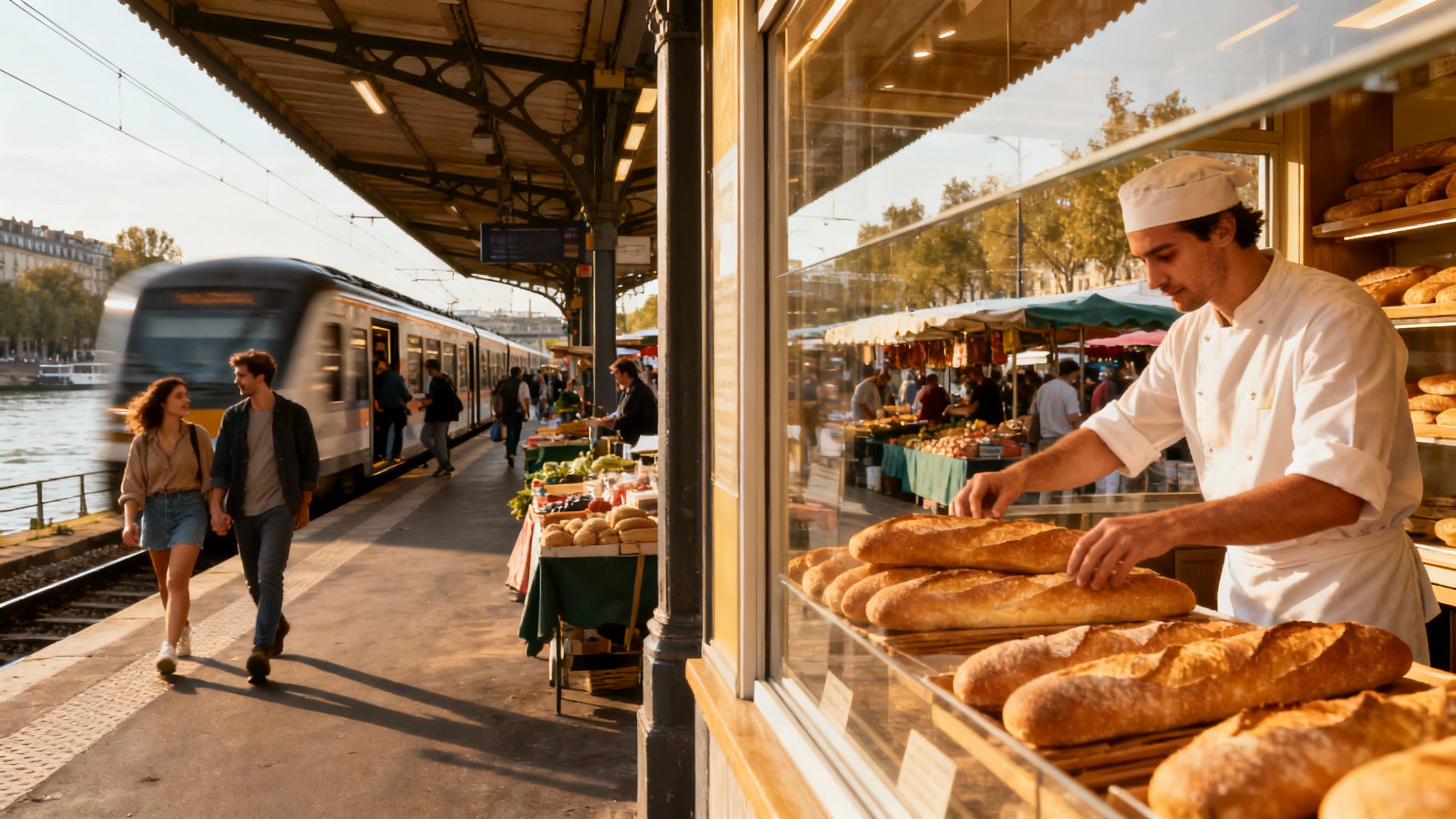Island Rules That Make Croatian Homes Cheaper
How island rules, protected-zone exclusions and buyer status create overlooked value in Croatia—practical steps, local scenes, and current data to act with confidence.
Imagine stepping off a ferry onto a narrow cobbled street in Zadar at dusk. The light slips across pale stone, a café pours espresso, and a fisherman ties nets by the harbour. For many international buyers Croatia begins with such cinematic moments. But the rules that shape which streets you can buy on, and when, live in documents — not postcards. We’ll show how island rules, seasonal rhythms and a handful of legal quirks quietly change price, risk and lifestyle, often to a buyer’s advantage.
Living the Croatian lifestyle — sensory and specific
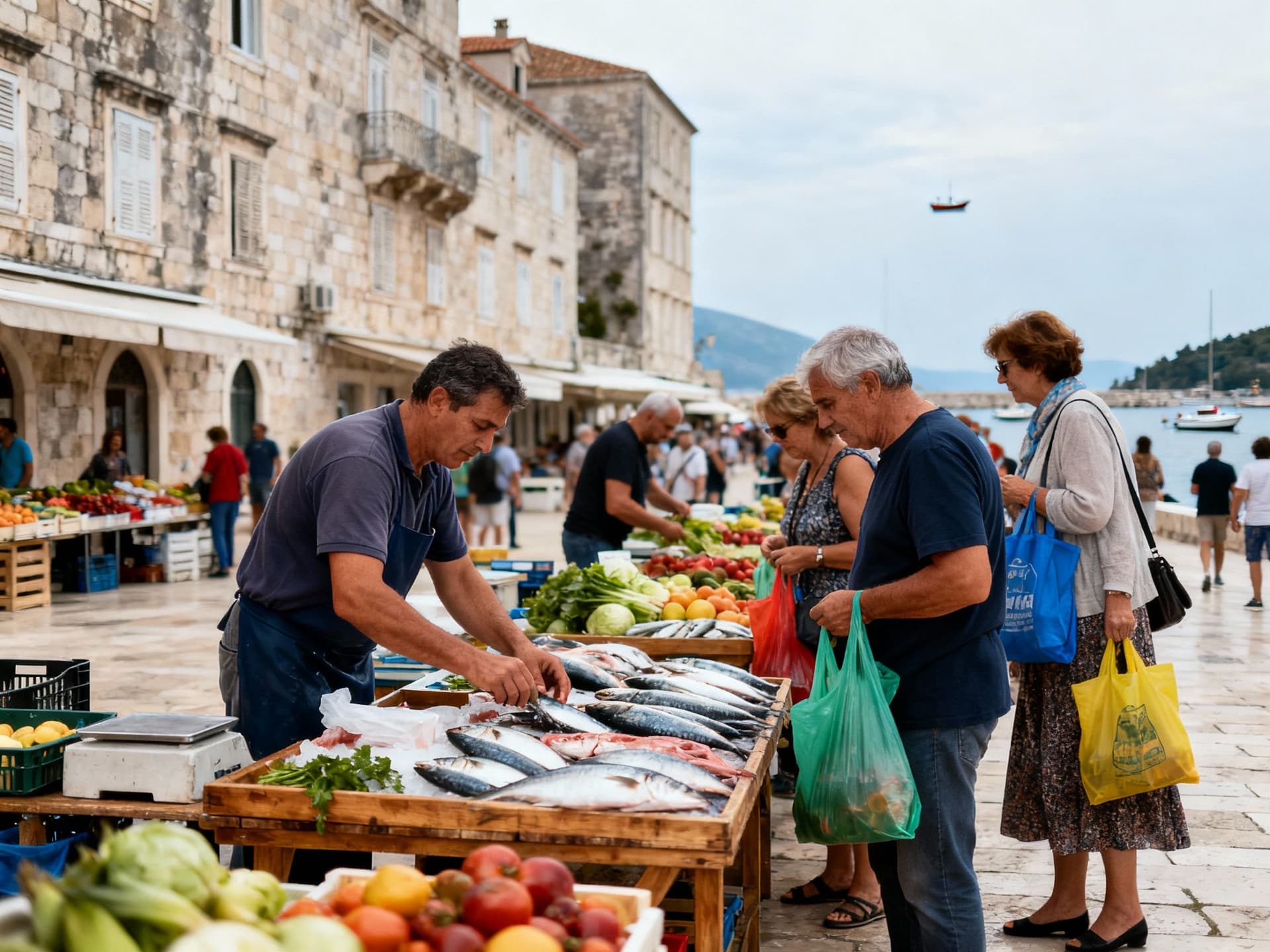
Croatia’s day-to-day is a study in texture. Mornings smell of warm bread and bitter coffee; afternoons sound like children playing in stone courtyards and repairmen tuning outboard motors. Coastal towns — Split’s Veli Varos, Dubrovnik’s Ploče, Korčula’s Luka — are defined by narrow alleys, neighbourhood konobas and morning fish markets. Inland, places such as Varaždin and the Zagorje hills trade maritime bustle for shady squares, bakeries and quieter rhythms. For buyers, choosing Croatia means deciding which tempo you want to live to.
Neighborhood spotlight: Zadar’s Poluotok and beyond
Poluotok (Zadar’s old peninsula) still feels domestic between tourist seasons. Walkable streets host morning markets on Narodni Trg and late-night locals-only konobas near Kalelarga. Properties here often have small terraces overlooking courtyards rather than sweeping sea views — which keeps prices calmer than neighbouring Split or Dubrovnik. That makes Poluotok a good example of a place where lifestyle and value coexist: lived-in, culturally dense, and less exposed to short-term rental speculation.
Food, markets and weekend rituals
A Saturday routine — bakeries at 7am, farmers’ markets at 8, a late lunch of grilled brudet at 2 — shapes where locals buy. In towns like Rovinj and Makarska, neighbourhoods that back onto markets retain steady local demand and quieter winters. For buyers this matters: proximity to markets and plain living streets often means better long-term rental resilience and a more authentic daily life than flashy waterfront addresses.
- Lifestyle highlights: markets, beaches and hidden streets - Morning coffee at Zadar’s Narodni Trg - Fish auctions in Split’s Riva before noon - Evening promenade walks on Korčula’s waterfront - Quiet coves on Hvar’s north coast for weekend escapes - Inland wine tastings in Istria’s Motovun hills
Making the move: how legal quirks shape lifestyle choices
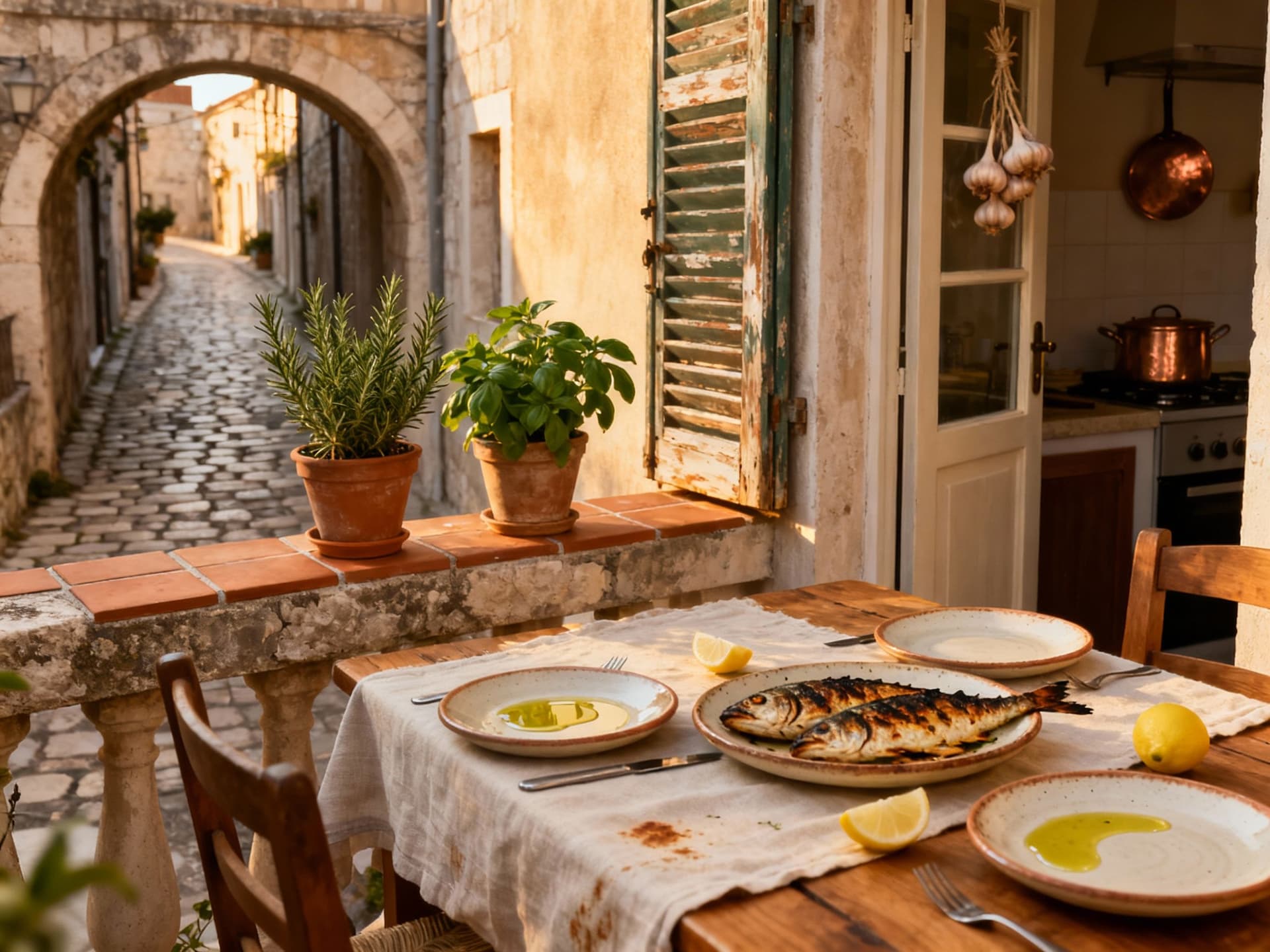
Your favourite neighbourhood may be governed by rules you won’t see on real estate portals. EU citizens generally acquire property on par with Croatians, but non-EU buyers usually require ministerial approval and reciprocity checks. Island and protected-zone rules matter too: agricultural plots, protected natural areas and certain coastal strips are excluded from straightforward purchase. These constraints create pockets of opportunity: properties off the beaten waterfront or in town centres sometimes avoid speculative pressure and are cheaper as a result.
Property types and how they map to living styles
Stone townhouses: small terraces, thick walls and cool interiors. They suit people seeking authentic urban life and lower running costs in summer. Modern apartments: near marinas or city centres, attractive for short-term rental income but exposed to seasonal volatility. Rural stone houses: larger plots and gardens inland, better for year-round living and often kinder on price per square metre. Choose the property that matches how you’ll spend most days, not just how you imagine vacationing.
Working with local experts who know the rules
- Practical steps that blend lifestyle and legal reality: 1. Map desired neighbourhoods against legal exclusions (protected zones, agricultural land). 2. Confirm buyer status (EU vs non-EU) to estimate timeline for ministerial approvals. 3. Ask for land-registry extracts and utility maps before offers — they reveal access and maintenance obligations. 4. Negotiate conditional contracts that allow withdrawal if approval is denied or unexpected liens appear. 5. Use an attorney to lodge purchase requests for non-EU buyers — the process is administrative, not punitive, but paperwork is decisive.
Insider knowledge: what expats wish they’d known
Expats often assume the coast is uniformly expensive. It isn’t. National statistics show the Adriatic coast rose in recent periods, but inland and less-touristed islands behave differently. That means patience and local knowledge pay: a village a 30-minute drive from Split can offer lower entry prices and a lifestyle identical to coastal towns for weekday life.
Cultural integration and everyday realities
Learning basic Croatian opens doors — not only socially but administratively. Small municipal offices can be procedural and slow; a spoken hello and a patient approach smooths many interactions. Expect slower timelines for utility connections on islands and for building permits in historic cores. Social life is often local: neighbourhood kafanas and small volunteer associations run summer festivals where newcomers meet neighbours quickly.
- Long-term considerations that affect lifestyle and value: 1. Seasonality: plan for quieter winters — some services reduce hours and public transport is limited. 2. Running costs: older stone buildings are cheap to heat in mild winters but may need insulation upgrades. 3. Rental ethics: short-term tourism income can be strong, but neighbourhood tolerance varies and local rules on rentals tighten frequently. 4. Resale liquidity: properties with local demand—near markets, schools, and transport—sell faster than isolated “sea-view” novelties.
Conclusion — fall for the mornings, but plan for the paperwork. Croatia offers textured, livable places where day-to-day pleasures meet reasonable price opportunities if you look off the postcard. Start by mapping the lifestyle you want (market mornings? evening promenades? quiet winters?), then overlay legal realities: buyer status, protected zones, and island logistics. Work with a local attorney and an agency that understands municipal idiosyncrasies to turn an infatuation into a secure purchase.
Danish investment specialist who relocated to Costa del Sol in 2015. Focuses on data-driven market timing and long-term value for Danish buyers.
